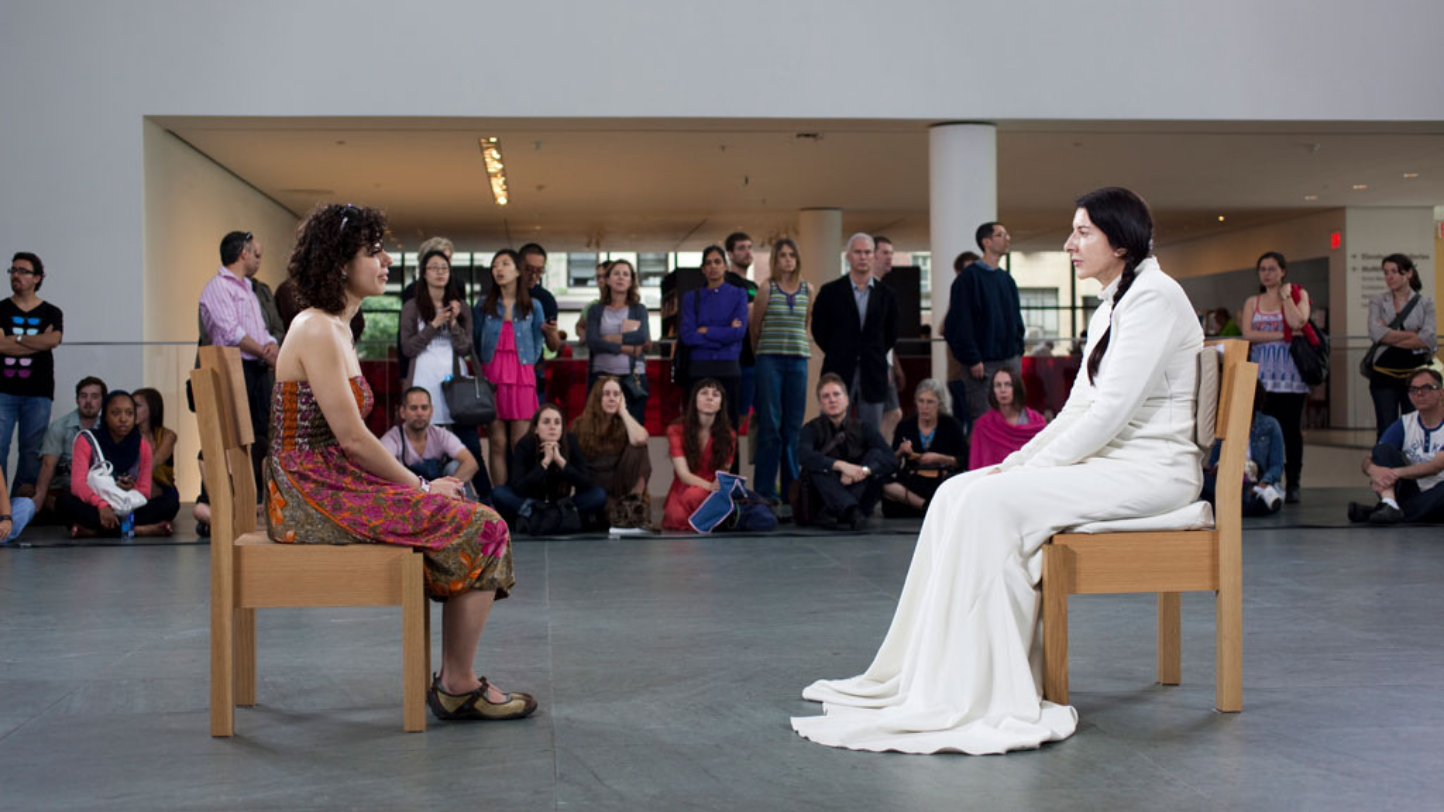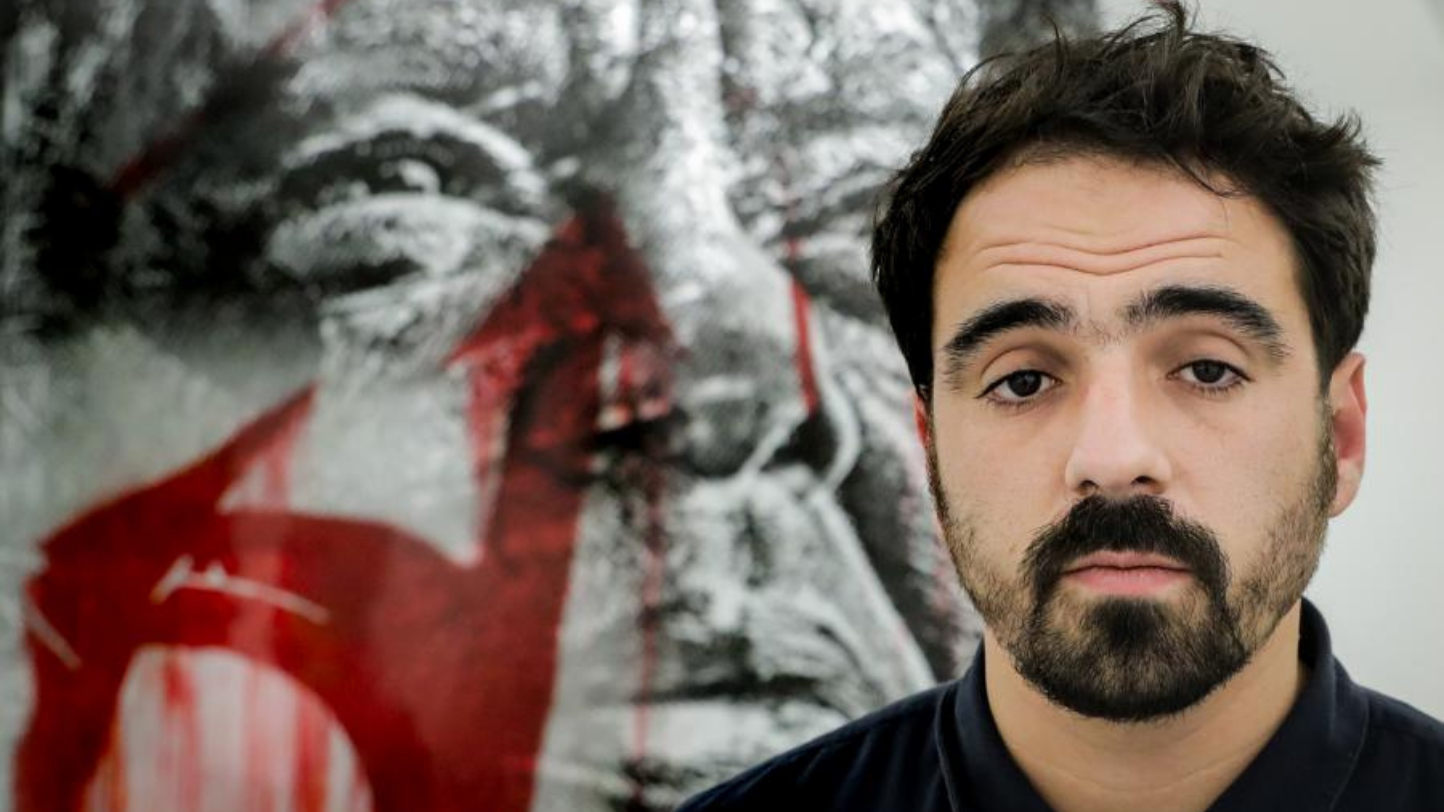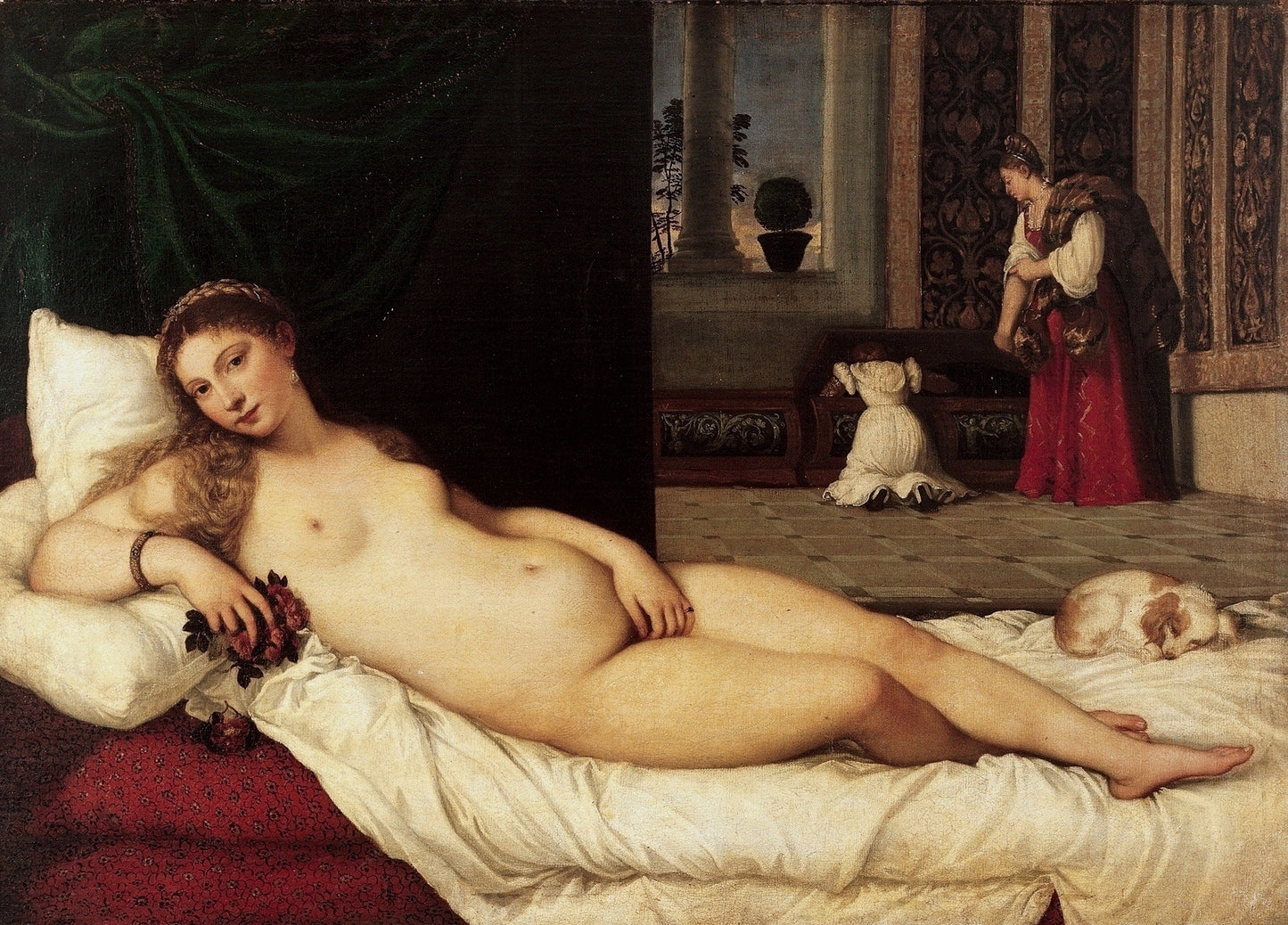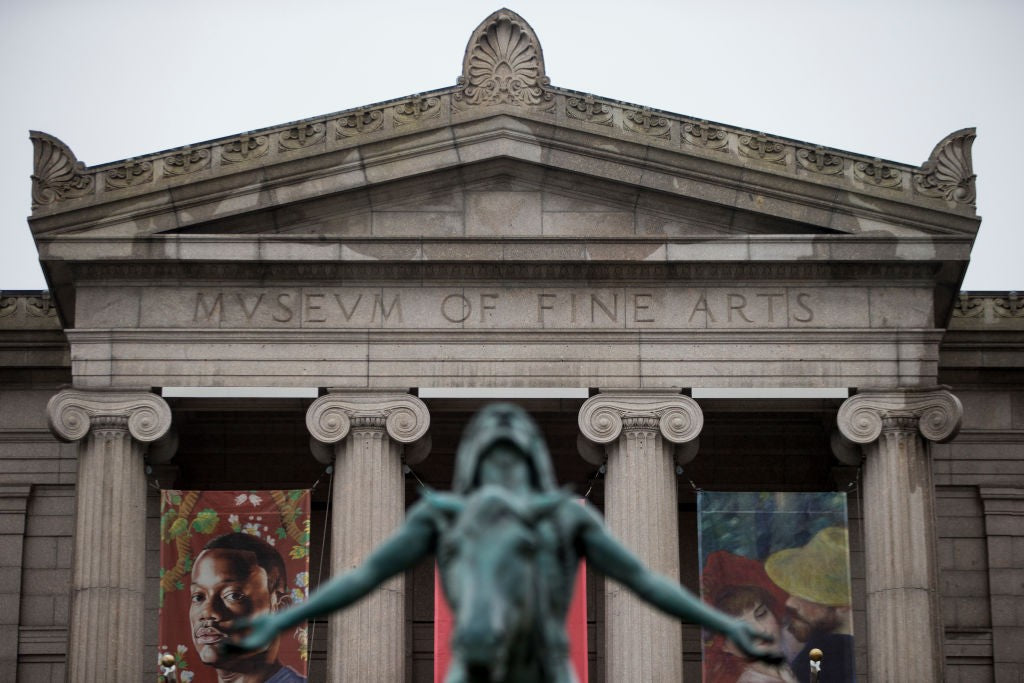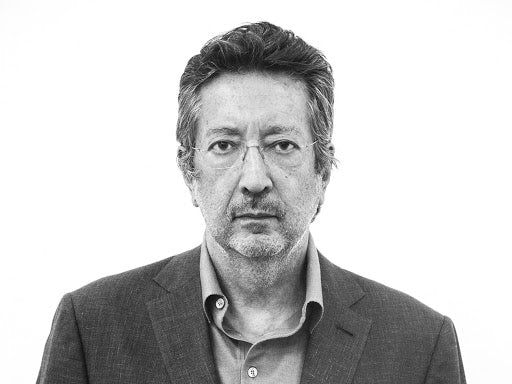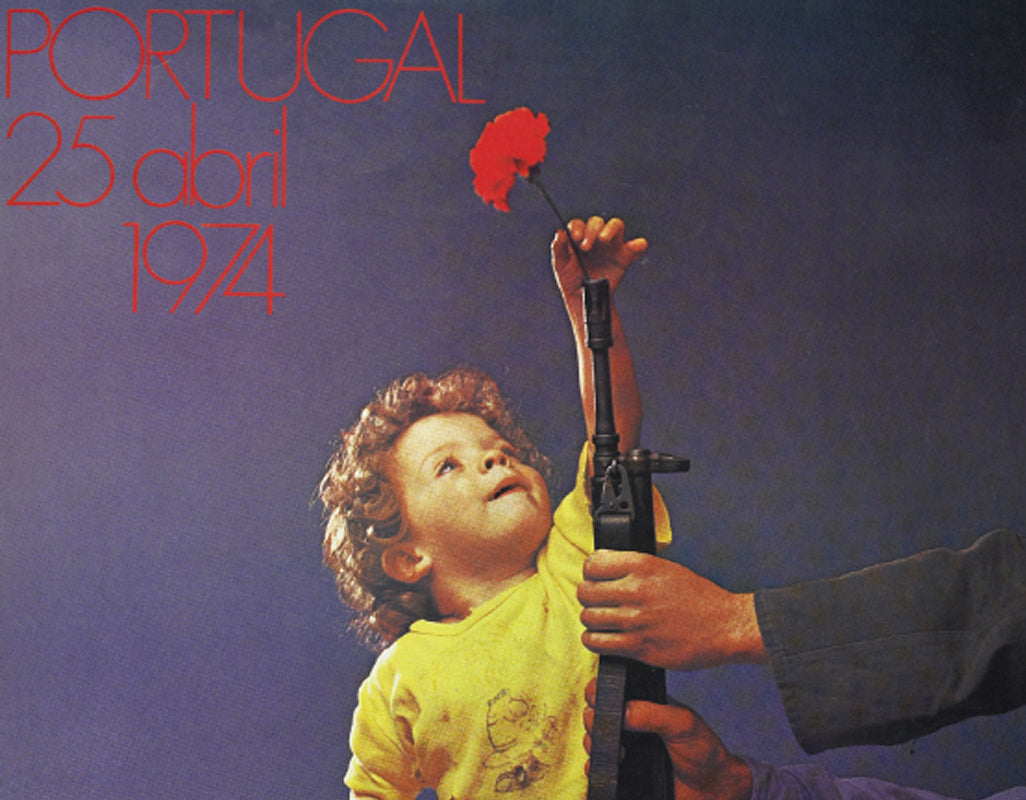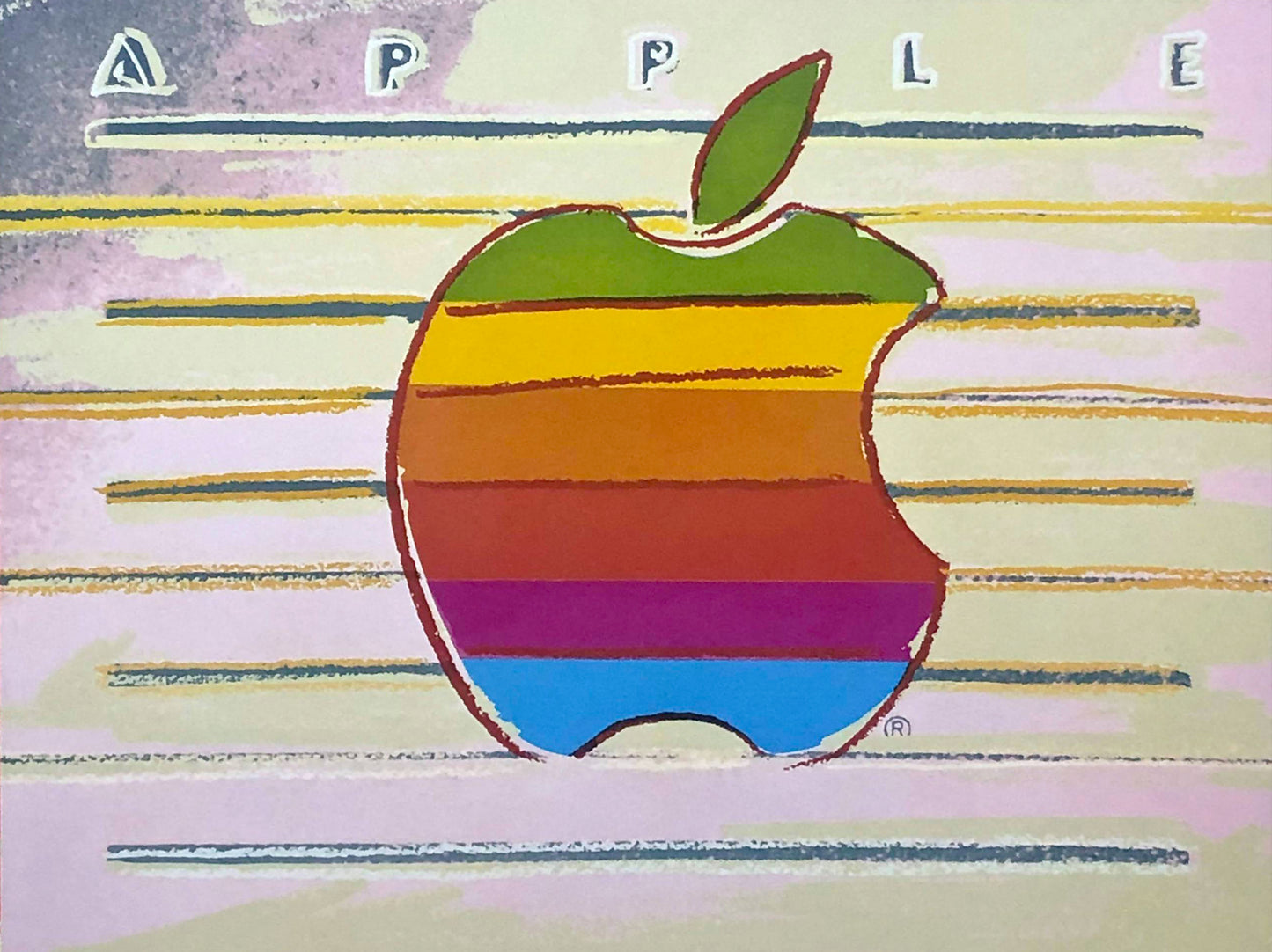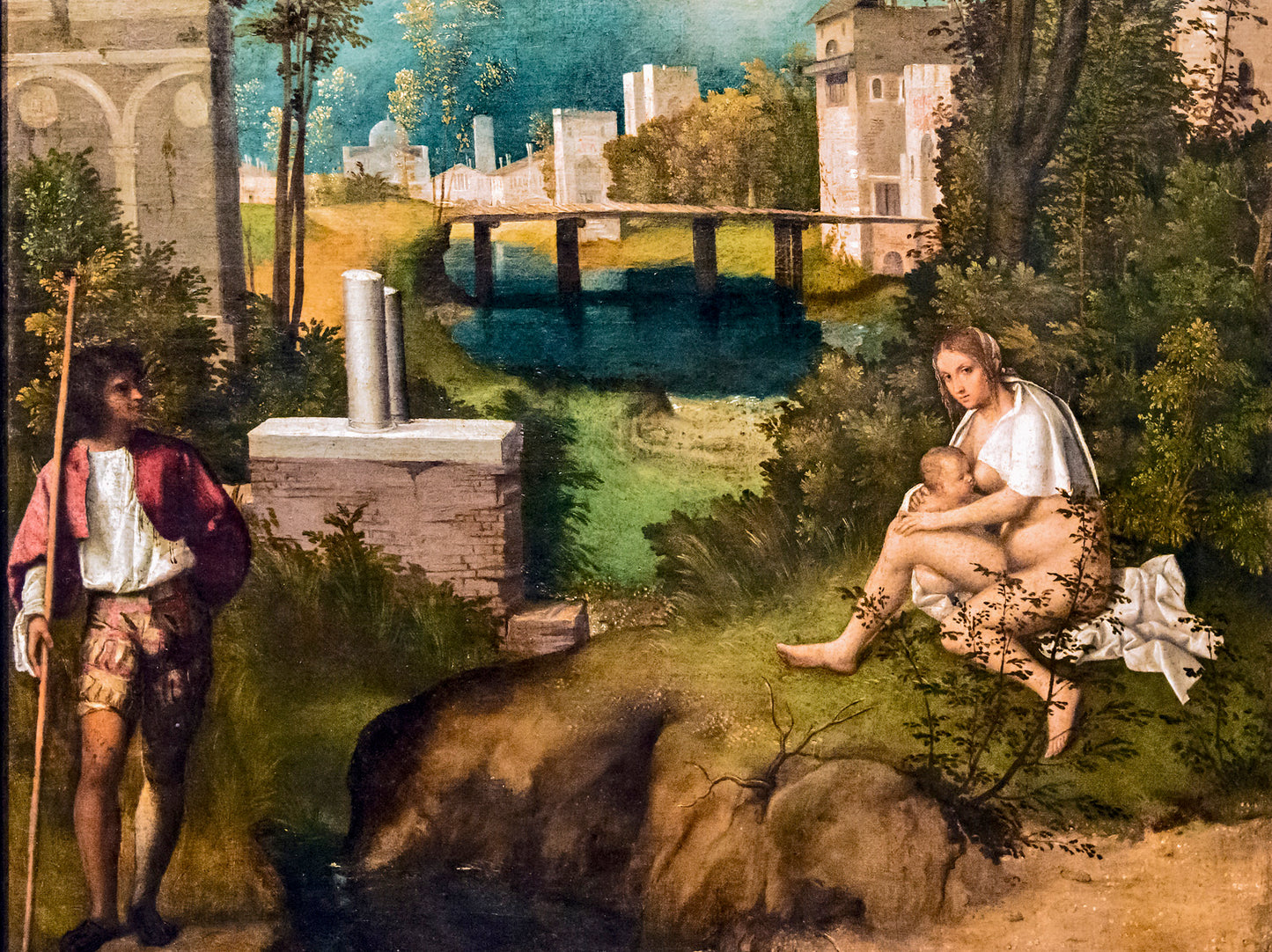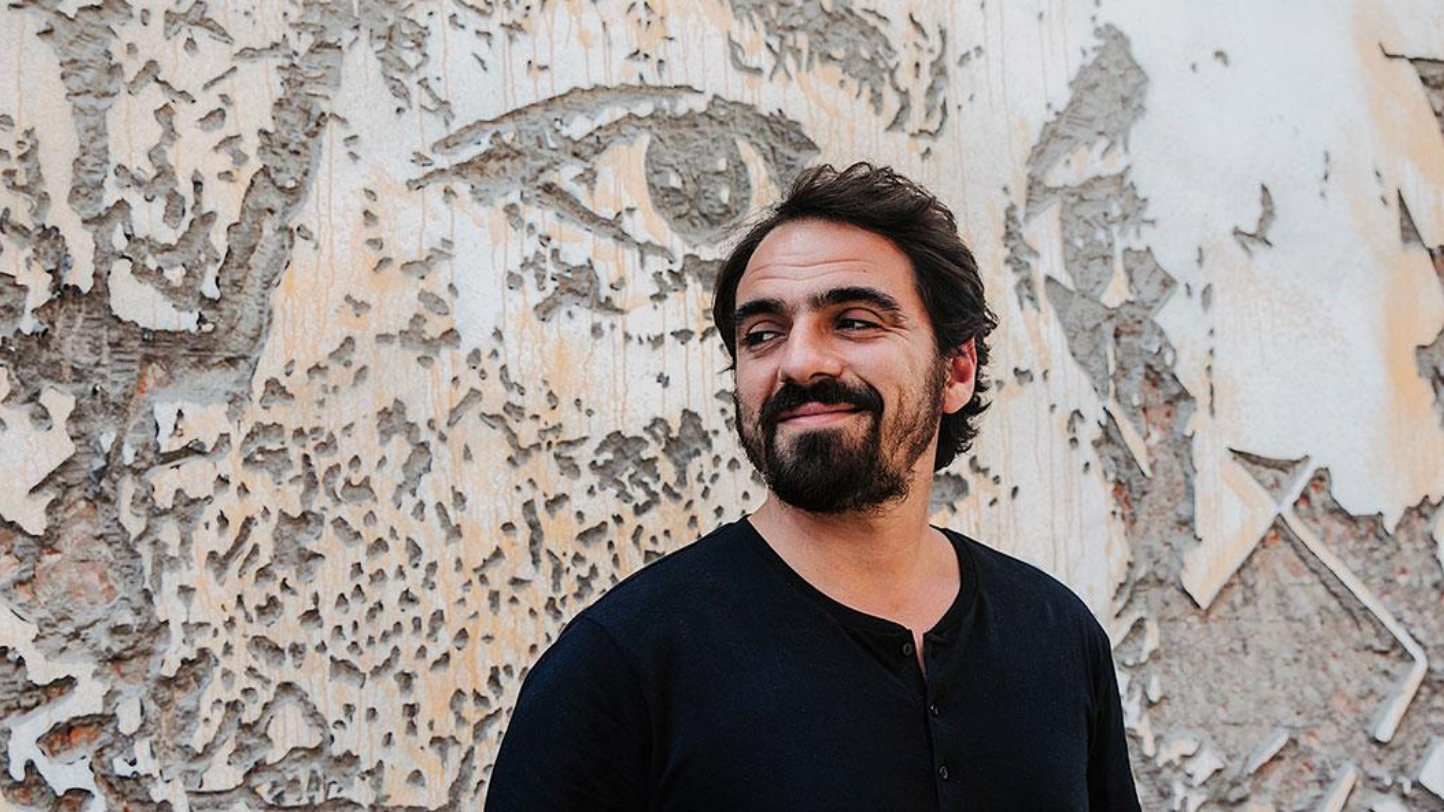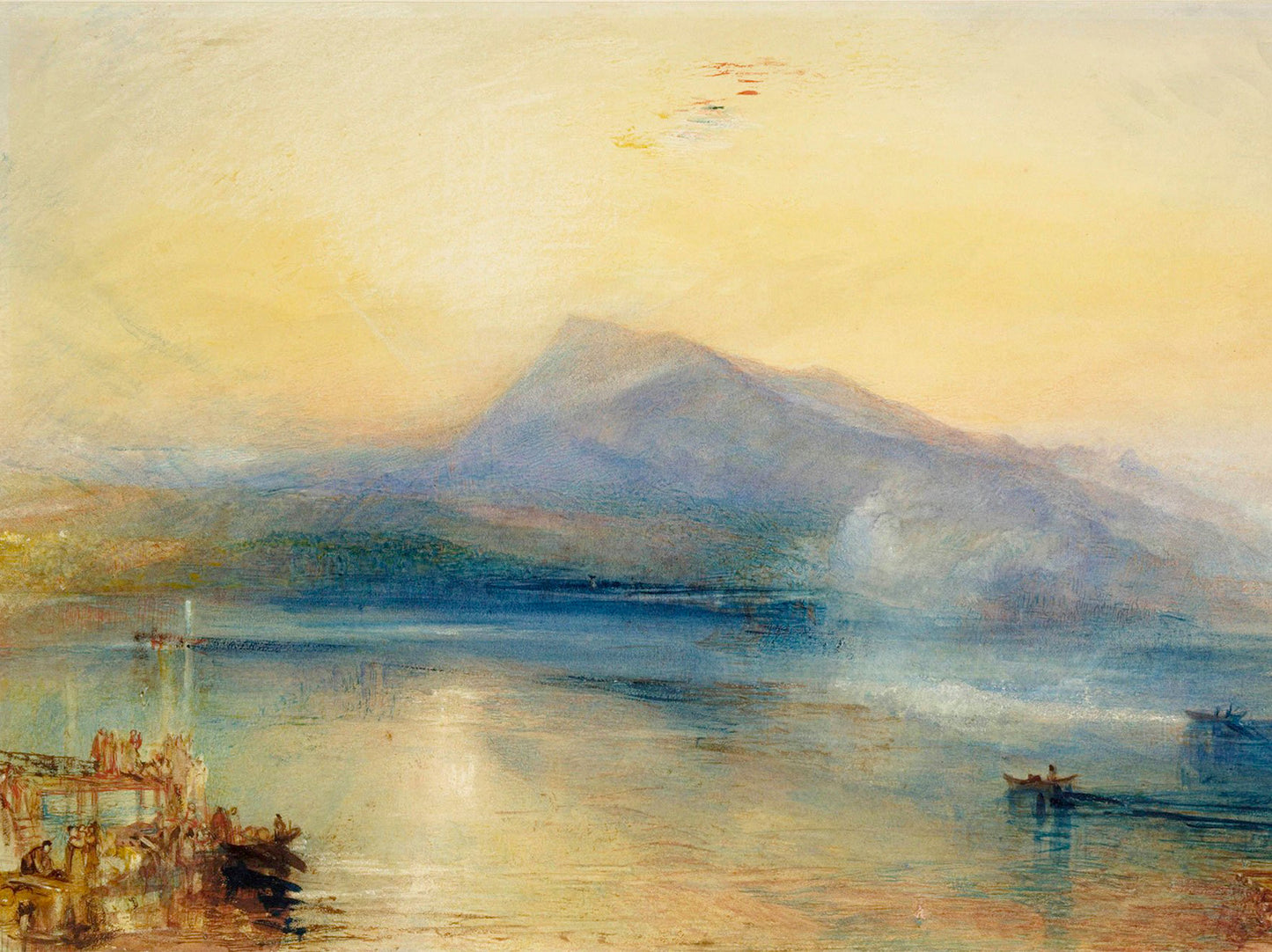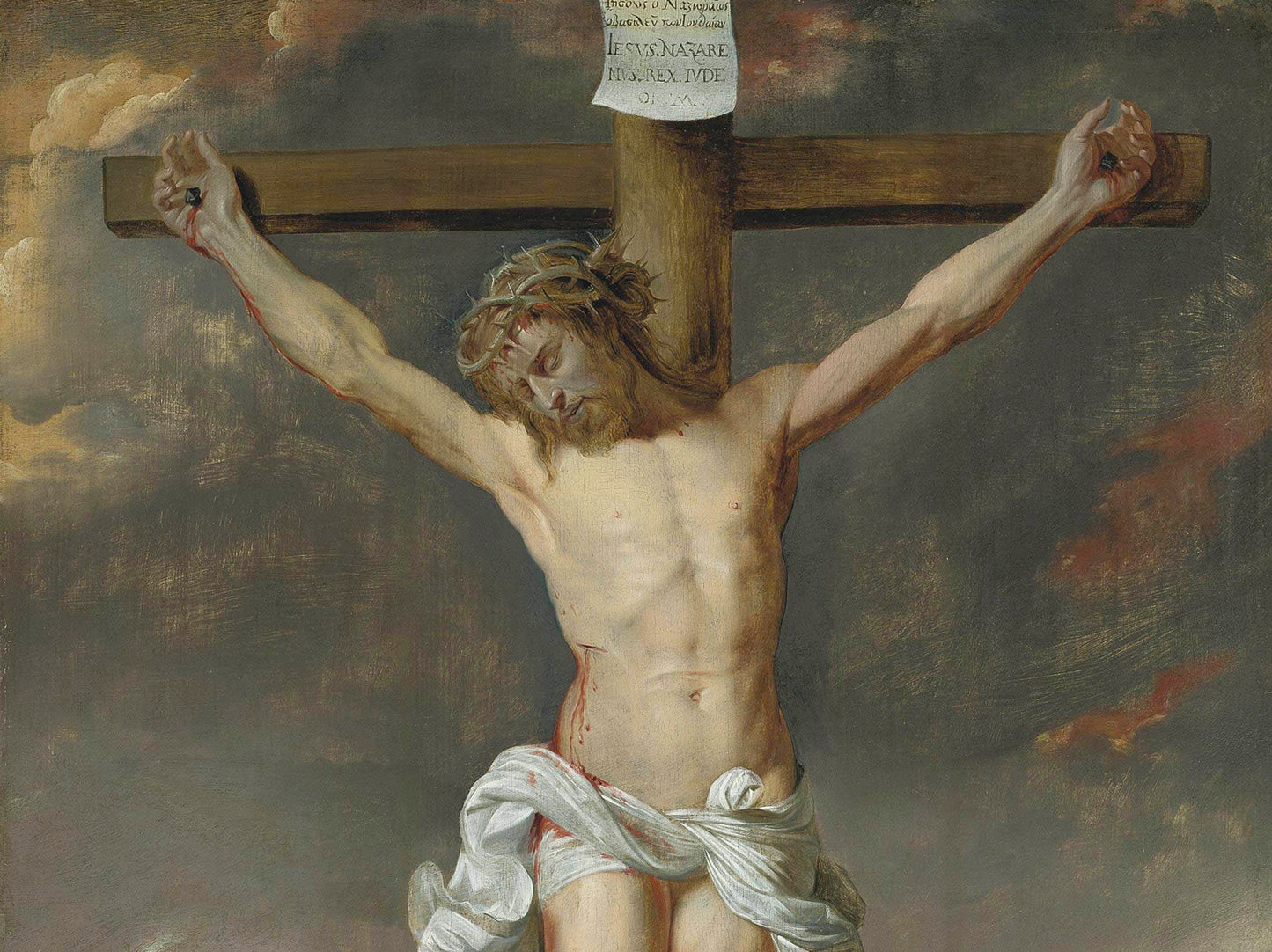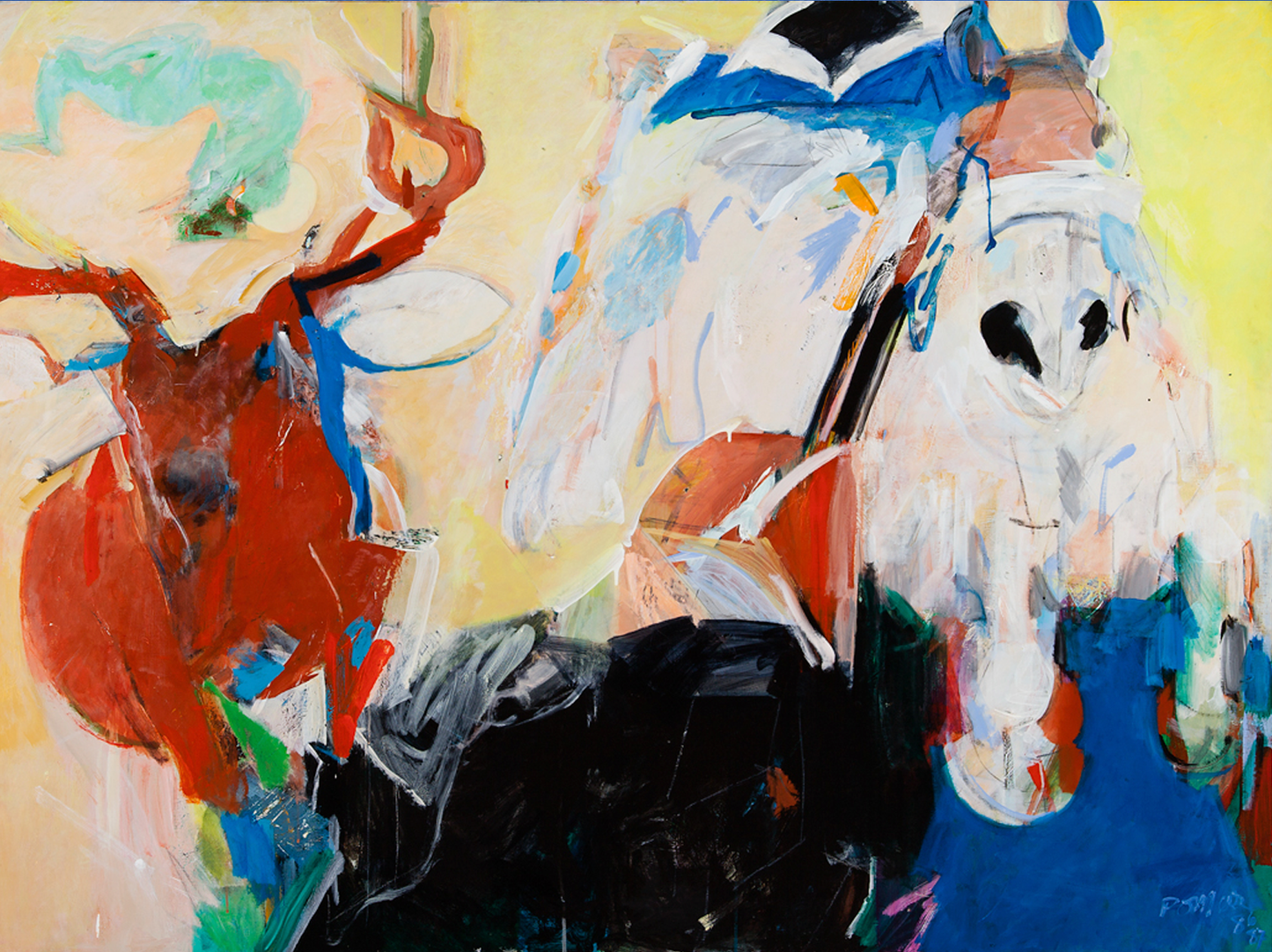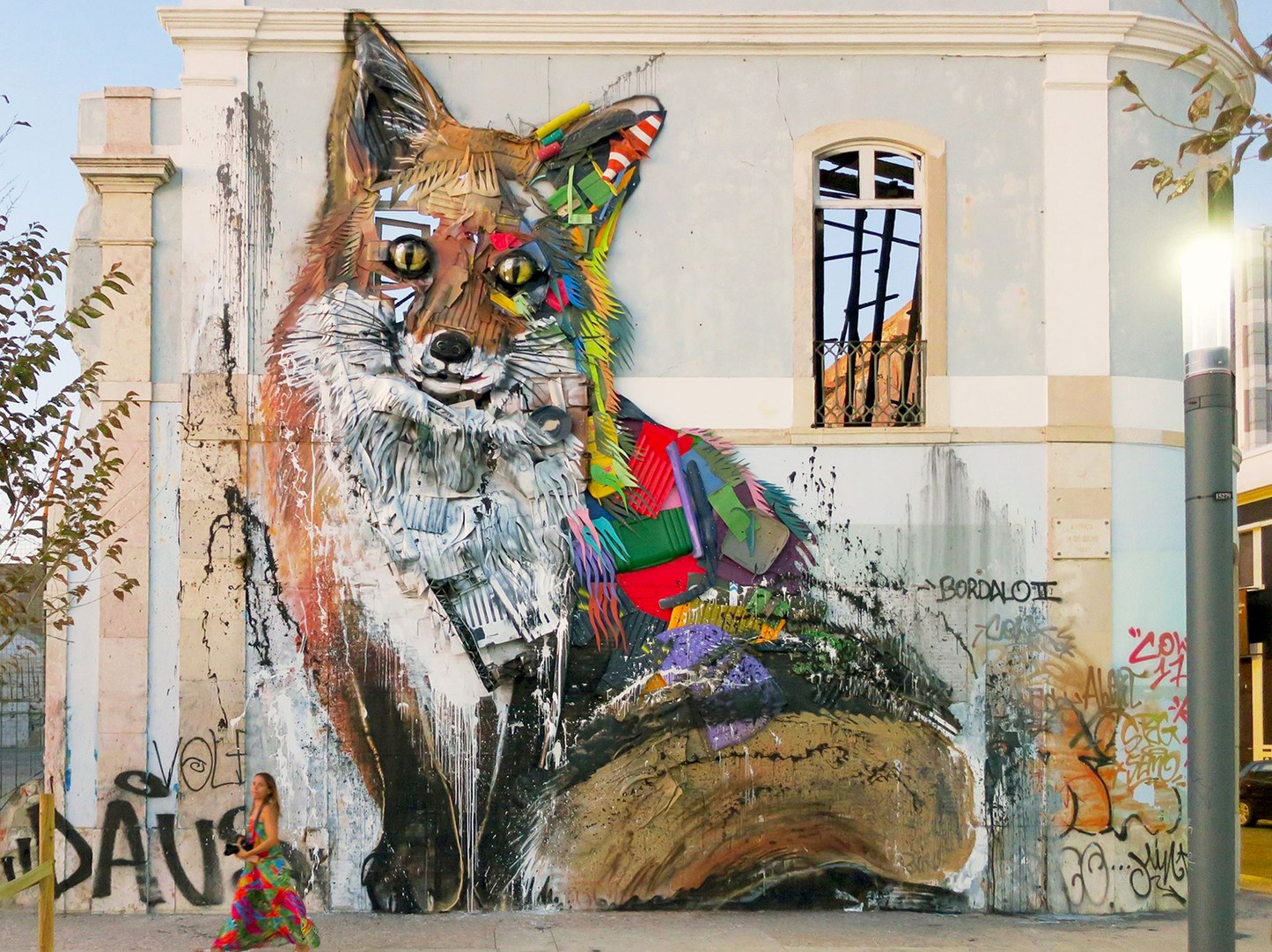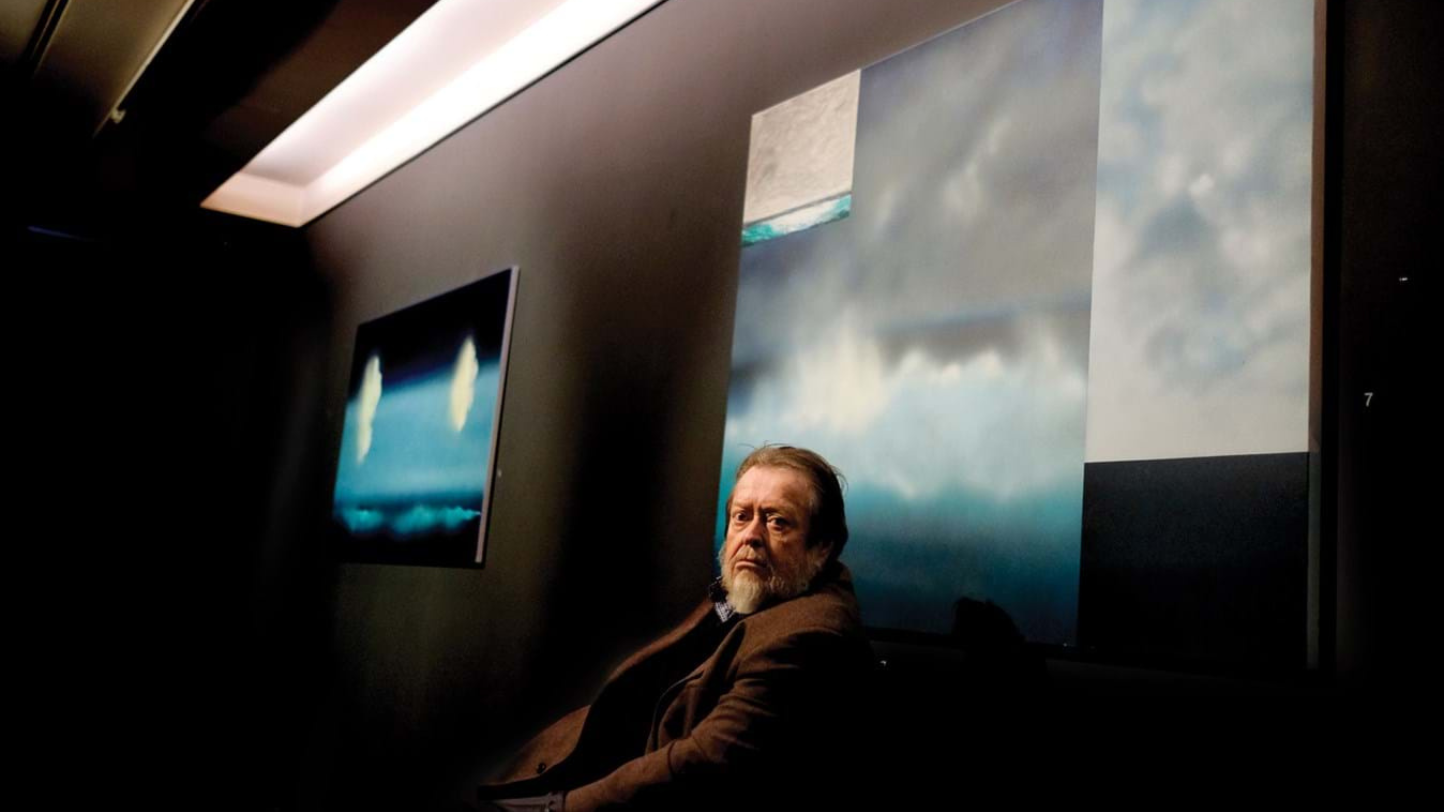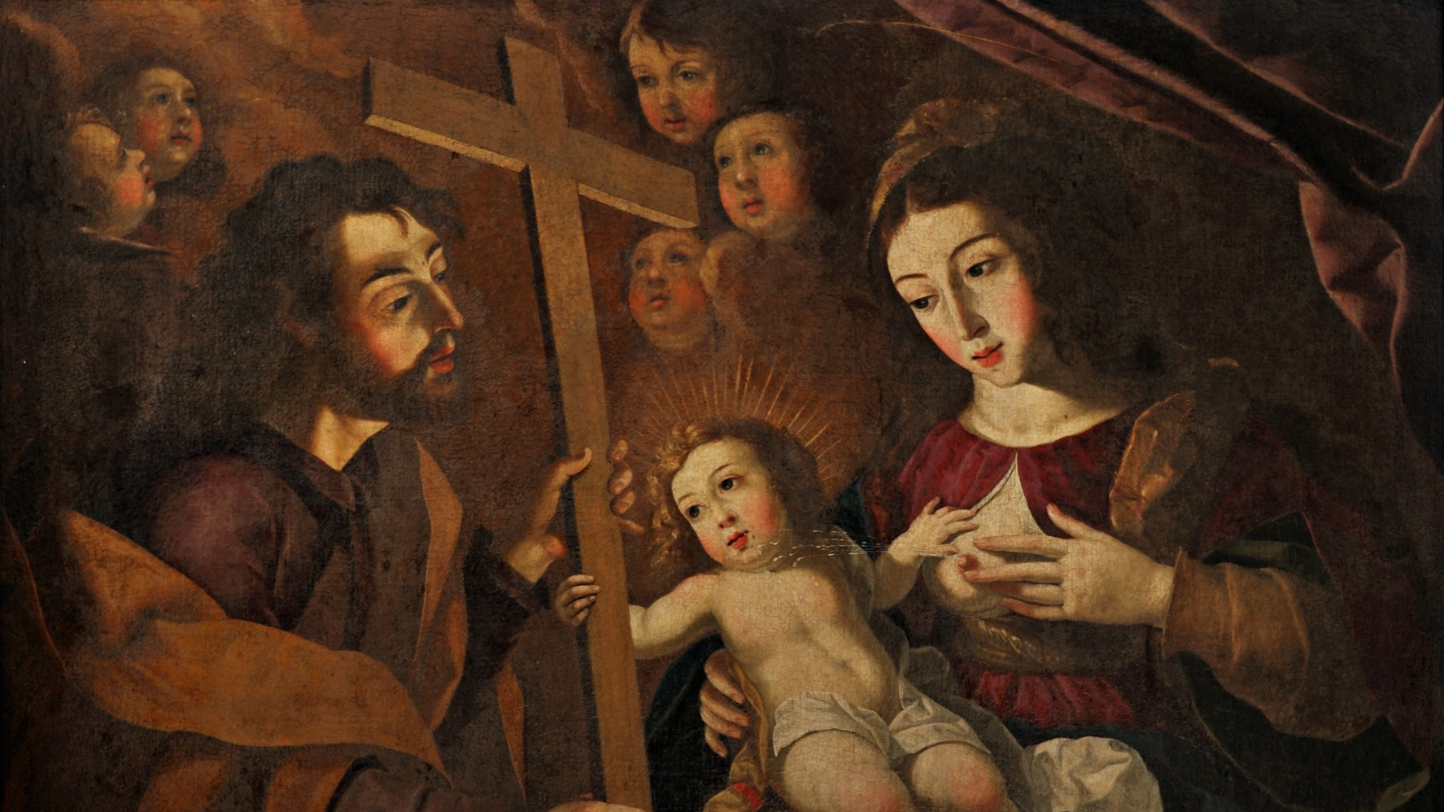NIn recent decades, visual artists have insistently worked on identity, body, gender and sexuality, with their work being central to the development of spectators' critical thinking. Starting from iconic representations from different historical periods, we will understand how the naked body and sexuality is shaped and defined by these diverse factors.
This Tuesday, May 18th, is International Museum Day. In order to remain close to the public, museum spaces have kept pace with transformations and digital innovations, currently forming part of a worldwide network. HToday, due to the innovations explored by these entities, it is possible to celebrate International Museum Day with an online guided tour. P55 has put together a list of 15 national and international museums that are just a click away.
The Revolution of April 25, 1974 overthrew the dictatorial regime of the Estado Novo, in force since 1933, beginning the implementation of a democratic regime. The revolutionary atmosphere that was felt in the streets encouraged the participation of artists, in an explosion of graphic art. Thus, after the revolution, the mural paintings and posters linked to this political transformation are remarkable. In a euphoric aesthetic trait, artists and the population took on an intervention role through art, expressing their voice, which was once suppressed.Starting from the artistic manifestations during the 25th of April 1974 until the subsequent transformations, we will understand the repercussions and the true impact of the revolution on Portuguese art.
P55 is a Marketplace dedicated toArt which provides a free service to its suppliers to sell their works without leaving home. The platform's mission is to revolutionize access to Art and make it available to everyone through the online store and weekly auctions.From classical to contemporary art, with around 500 authors, this platform stands out from the rest for one reason: all pieces come from professionals, be they artists or gallery owners. In a digital age, how does this online platform make the art market more accessible?
The landscape theme was constantly related to the affirmation of the main artistic movements, especially from the Renaissance onwards. Over time, this genre, which depicts mountains, rivers, bridges or architectural spaces, has undergone changes in terms of artistic means and languages. Currently, its relevance in the field of fine arts is remarkable; however, for several centuries, for the academy, it was considered inferior in relation to other genres. In order to understand how artists represent this theme in contemporary times, we will approach the artistic idea of landscape, from the Renaissance, through the Baroque, Romanticism and post-war period.
The visual element of color is used to create the atmosphere of a work of art, as it stimulates our emotions and perceptions. Thus, they offer us disparate responses such as harmony or conflict, hot or cold, due to the combination of pigments: a blue can be warm or cold, depending on the composition (it may tend more towards yellow or green). This is a journey through the use of color, which starts at the beginning of the 19th century and stops at various times, up to the present day.

